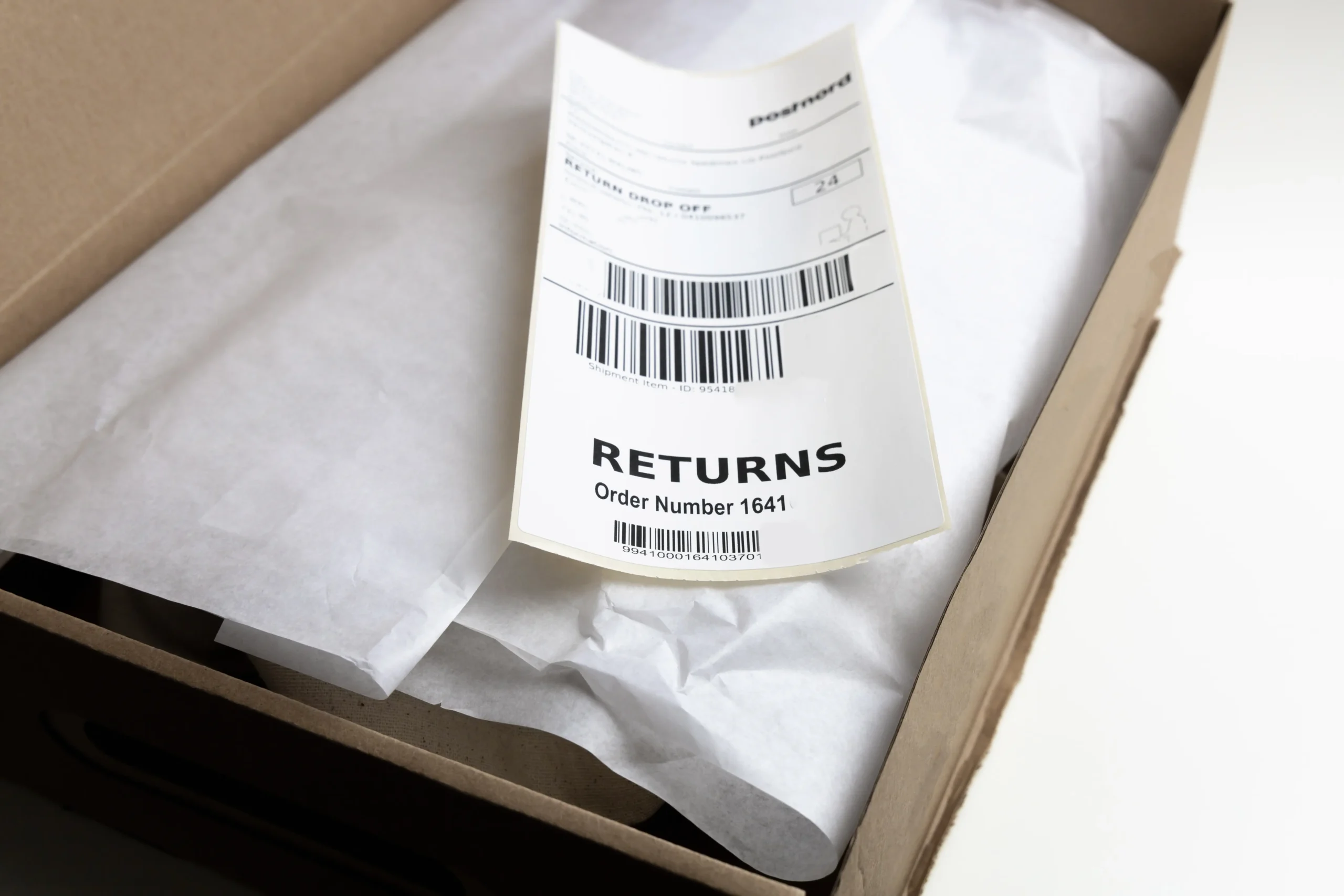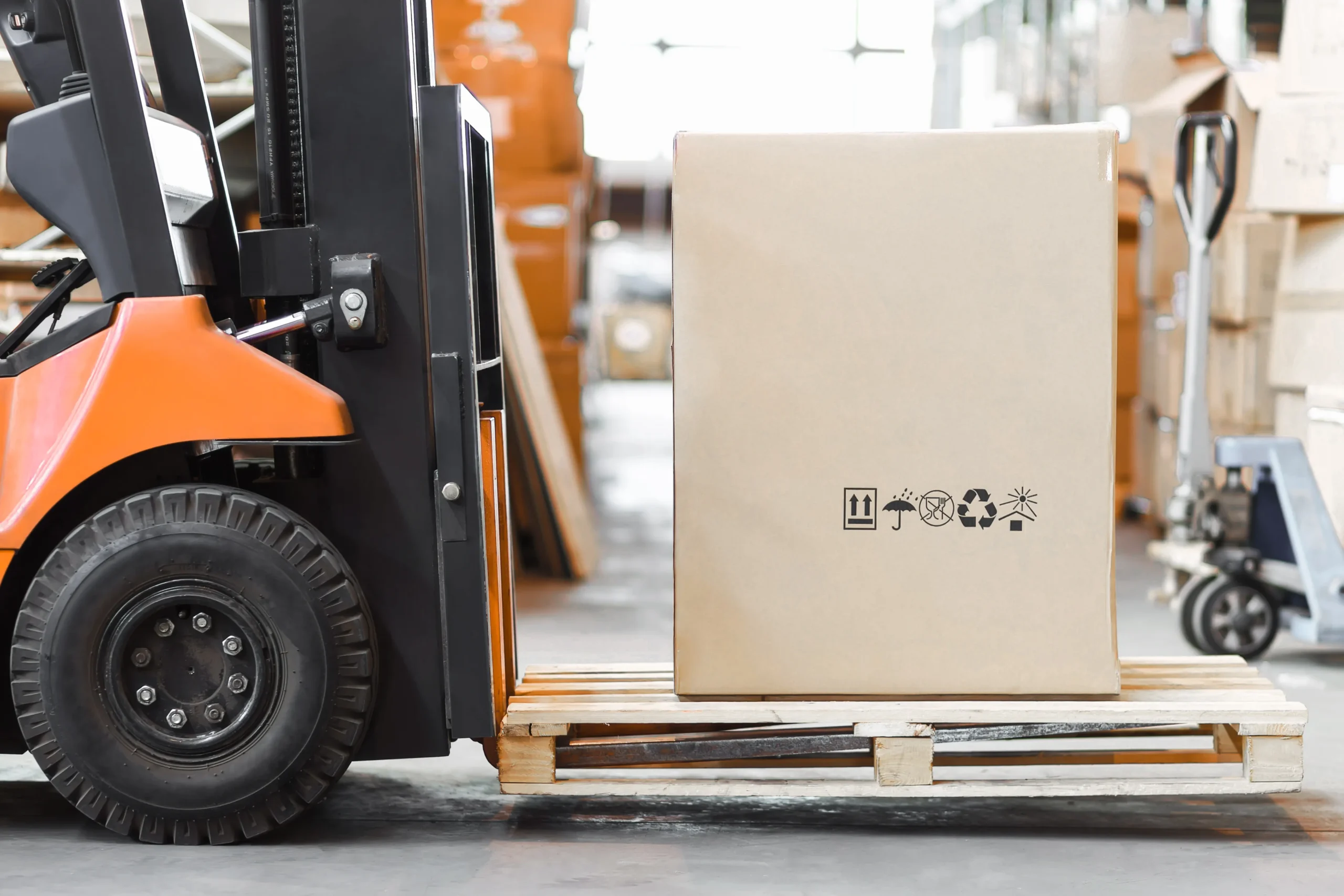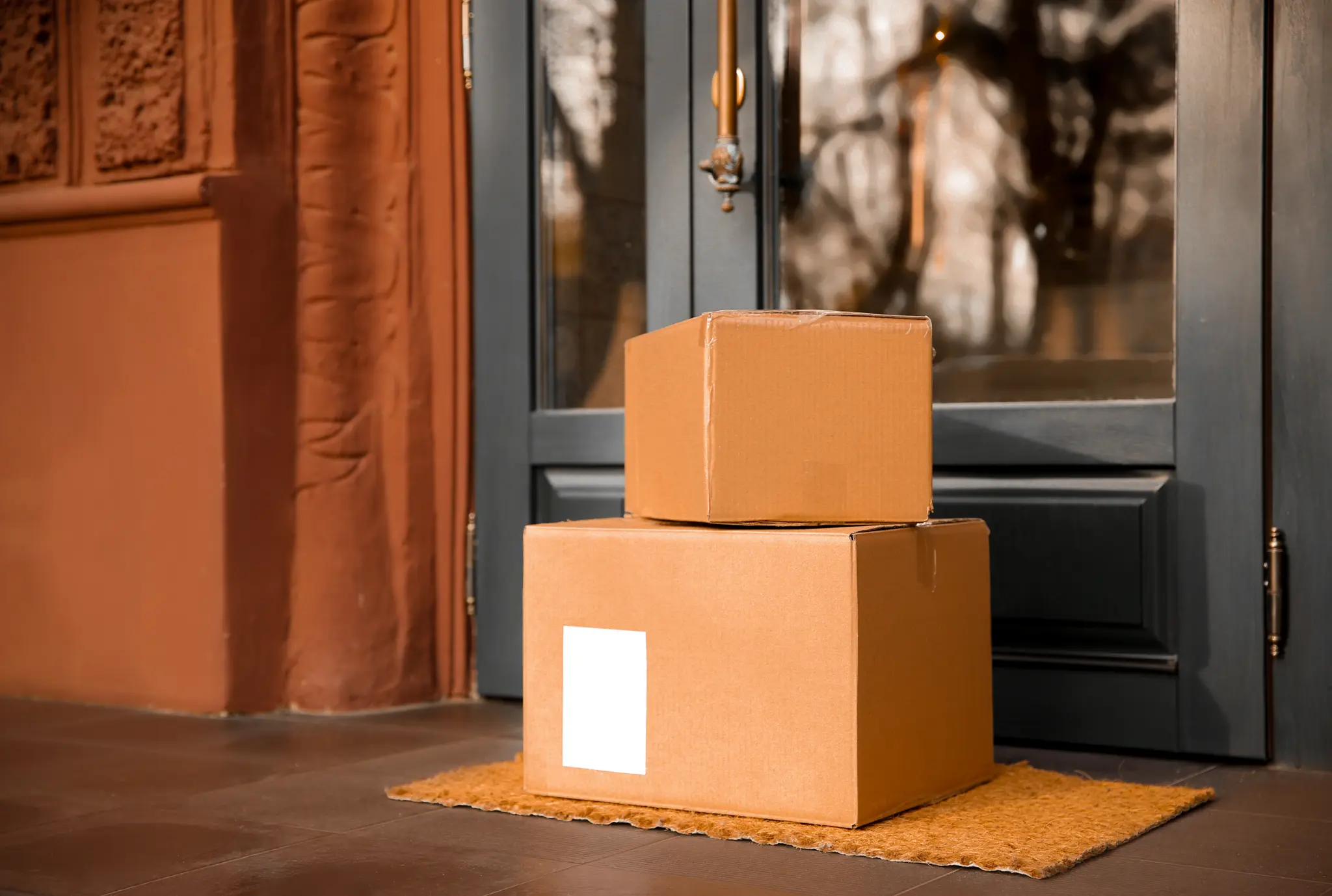Year after year, July sneaks up on everyone. One minute it’s January and before you know it, the year is halfway through.
For shippers, this means peak season is right around the right corner.
In any year—but especially in the economic climate of today—if you wait until the last minute to get your supply chain prepped for peak, your optimization options will be limited.
With new tariff policies, changing pricing structures and general inflation, there are a lot additional factors to consider beyond increased peak season demand. Your shipping strategy needs to be flexible, resilient and tailored to your specific shipping profile.
The time is now to take a hard look at your supply chain, so you can protect your business from disruptions.
When is Peak Season?
In recent years, the major carriers released demand surcharges between mid summer to early fall. In 2024, UPS published their demand surcharges on July 15th, with FedEx a month later on August 15th.
Historically, peak season has constituted the traditional Q4 and holiday rush—but experts this year have referred to summer 2025 as an early peak season or “mini-boom.” This is due to the 90-day pause put on tariffs between the U.S. and China from May 12, 2025 to August 14, 2025.
What are ways you can prepare now?
Many of the strategies and tips that can help you have a successful holiday season can’t be implemented in Q4. Your carriers and suppliers will be swamped then too, so work with them now to set all of you up for success.
Here are our top expert strategies you can start exploring or implementing:
Diversify Your Carrier Mix
National carriers have limited capacity, so a smart strategy can be adding other carriers where it aligns with your shipping profile. Start by comparing cost structures, coverage areas, and capacity of multiple carriers. Don’t just stick to the main players. Check out regional and LTL carriers as well and find a carrier mix that fits your business.
Regional carriers can offer a useful alternative to last-mile delivery. Due to their local specificity, they have a strong capability to deliver to remote locations in their service areas.
LTL carriers are a great alternative for your larger packages during peak season. Oversize/overmax fees are substantial enough already, but in the demand period, these surcharges reached as high as $500 per package in 2024.
Overall, by expanding your mix, you can lower transportation costs and offer a wider variety of shipping options to your customers.
Look Into Alternative Delivery Methods
More and more often, eCommerce businesses are offering alternatives to home delivery.
Residential delivery is increasingly expensive, and this is only exasperated during peak season.
For example, in 2023, UPS introduced a residential delivery demand surcharge that varies weekly based on how much you ship above your baseline. Depending on how much your volume ramps up during peak season and the service type, this surcharge could get up to $8.25 per package.
Two popular strategies we have seen shippers implement to mitigate this is Buy Online, Pickup In-Store, or BOPIS, and Curbside Pickup. In fact, according to a report from AlixPartners, 40% of retailers now offer BOPIS.
Store pickup options like these help businesses lower delivery charges and speed up the delivery process—two important KPIs during peak season.
Evaluate the Performance of Your Delivery Network
During the holiday season, meeting customer expectations is more important than ever. They have strict deadlines for when they need packages to arrive, and your brand reputation depends on meeting them.
Now is the time to dig into your data and evaluate your on-time performance—a key metric that measures the ability of a business to deliver orders on the promised date.
If you ship with multiple carriers, it will likely vary among them. So, a way to make sure your customers’ holiday gifts reach them on time could be to choose the one that is the fastest. It also may be to your benefit to optimize your overall distribution network to reduce the distance and days in transit your packages need to travel. Ask yourself if adding a 3PL makes sense? Or maybe a regional carrier?
Software like SiftedAI can help you evaluate both your on-time delivery performance and your distribution network to model an optimized alternative.
Know What to Charge For Shipping
With new fees and rising costs, it can be hard to know what to charge your customers for shipping. Add in the additional cost of demand surcharges and the decision gets more complex.
Since the emergence of the retail giant, Amazon, the “Amazon Effect” has been real. Consumers expect fast and free shipping, but for many brands, that isn’t possible.
In order to understand how much of shipping costs you can absorb for your customers, while still staying profitable, you need a clear view into your shipping costs and forecasted shipping costs. Logistics Intelligence tools, like SiftedAI, can help you do just that.
For example, Jewelry leader Stuller used SiftedAI’s forecasting and GRI analysis tools to pinpoint how much their shipping should cost. By modeling the impact of upcoming carrier rate increases against their actual shipping profile, Stuller was able to confidently set shipping rates that protected their margins—without passing unexpected costs on to customers.
You can do the same with demand surcharges to see how much you need to increase, or maybe even decrease, shipping prices during peak season. Some strategies you may be able to employ to meet the “Amazon Effect” and offer free shipping during peak season include:
- Setting a Minimum Price Threshold: Encourage customers to spend more by offering free shipping if they spend a certain amount. For example, “Spend $75 to get free shipping!”
- Run Limited Time Offers: Incentivize customers to order before a certain peak period by offering free shipping if they order before a certain date. For example, “Get free shipping now through 11/24!”
Understand Your Overall Shipping Data
It’s important to remember, you can’t fix what you don’t know is broken. Beyond the strategies already discussed, there are many ways to optimize your shipping spend and performance that are unique to your business.
These opportunities are often hidden in plain sight. As shipping costs go up with demand surcharges and volume increases, the last thing you want is to be spending additional dollars on unnecessary things. From inefficient service types, to oversized package dimensions, and accessorial oversights (address corrections, late payment fees, etc.)—you need to know where your costs are coming from and how to address them.
Bad data will only hurt your efforts. It’s time to get out of spreadsheets and into Logistics Intelligence software that helps you understand the story your data is telling you. Advanced tools, like SiftedAI, can monitor your profile for you, alerting you to changes or when action is needed.
Have Your Best Peak Season Yet
With these five strategies, you have the opportunity to have your best, and most profitable, peak season yet.
Get started implementing them now, so when exact demand surcharges for 2025 are released, you have the plan and solutions in place to forecast the impact on your spend and make the necessary adjustments.
If you need help evaluating your shipping profile and/or streamlining your data before peak season—schedule a demo of SiftedAI.











